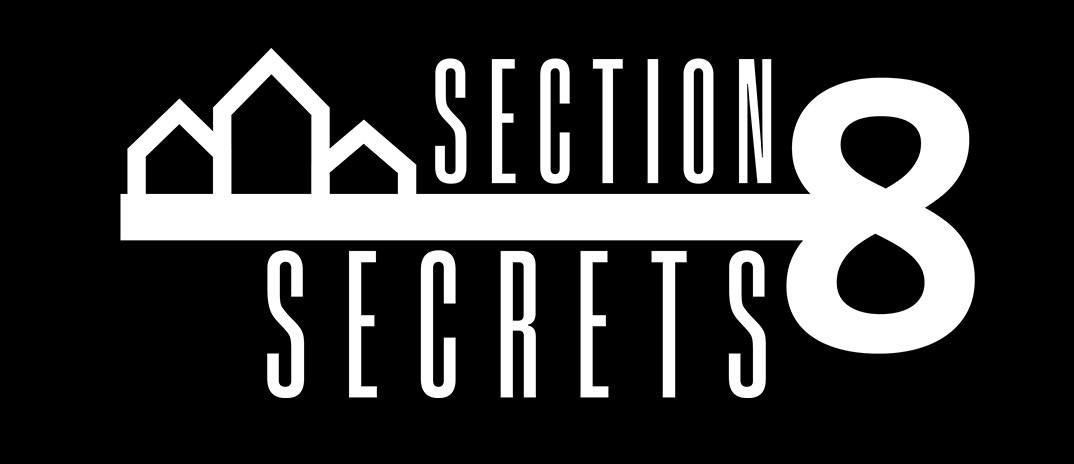What is Section 8
May 06, 2023
Section 8 is a federally backed government program established in 1974 to assist low-income households in the United States.
There are many socio-economic studies supporting the positive impact the Section 8 Housing Choice Voucher program has on society. They prove that the benefits will continue to far outweigh the government's costs. Studies like this demonstrate the program is an essential service to the benefit of every community. A study by Harvard economists Raj Chetty, Nathaniel Hendren, and Lawrence Katz found that young children in families that used housing vouchers to move to better neighborhoods fared much better as young adults than similar children who remained in extremely poor neighborhoods.

The study provided the first look at adult outcomes for children who were younger than 13 when their families entered the Moving to Opportunity (MTO) demonstration, a rigorous, random-assignment, multi-decade comparison of low-income families who used housing vouchers to relocate to low-poverty neighborhoods to similar families that remained in public housing developments in extremely poor neighborhoods.
In fact, the program is critical in real estate markets where housing affordability has completely eclipsed a service industry worker’s wage. Vacation areas like Kennebunkport, Maine, Jackson Hole, Wyoming, or Nags Head, North Carolina are prime examples where these programs help the most. These are vacation towns where outside investors build massive houses and place outsized demand on housing, yet the service industries that make these locations so attractive for vacationing cannot generate enough cash to pay service workers enough money to live there. In that sense, towns like these NEED Section 8 to survive. Without Section 8, the workers leave and the services leave, then the economy of the town falls as vacationers choose to go elsewhere due to lack of services.
It is this unique market dynamic that leads me to believe that regardless of Democratic or Republican majority governments, the Section 8 program or equivalent will continue to exist. Whether right or wrong, the market suggests this program is essential to maintaining the service and leisure industries.
Now that you understand the programs will likely continue, you may want to understand the financial benefit to the property owner/landlord. Section 8 real estate provides investors with a strong cash flow equal to and oftentimes greater than fair market rent rates, the program provides access to pre-screened tenants, and the lack of quality properties and landlords leads to low tenant turnover for great landlords.
The average wait time for a prospective Section 8 voucher holder tenant is 2.5 years nationwide and some extremely high demand low supply areas have a 10+ year waiting period! There is an obvious high level of demand and a low level of available housing supply for approved voucher holders. This creates a tilted market in favor of the Section 8 landlord able to immediately access a pool of qualified individuals in need of housing.
Today, 9.3 million or 2.84% of Americans benefit from Section 8 and other forms of housing assistance through the United States Department of Housing and Urban Development (HUD).
Investing and being a landlord of Section 8 rentals has a few subtle differences than investing and land lording to traditional private market tenants. However, these differences can be useful benefits to mitigate risks of poor tenants including rent default.


